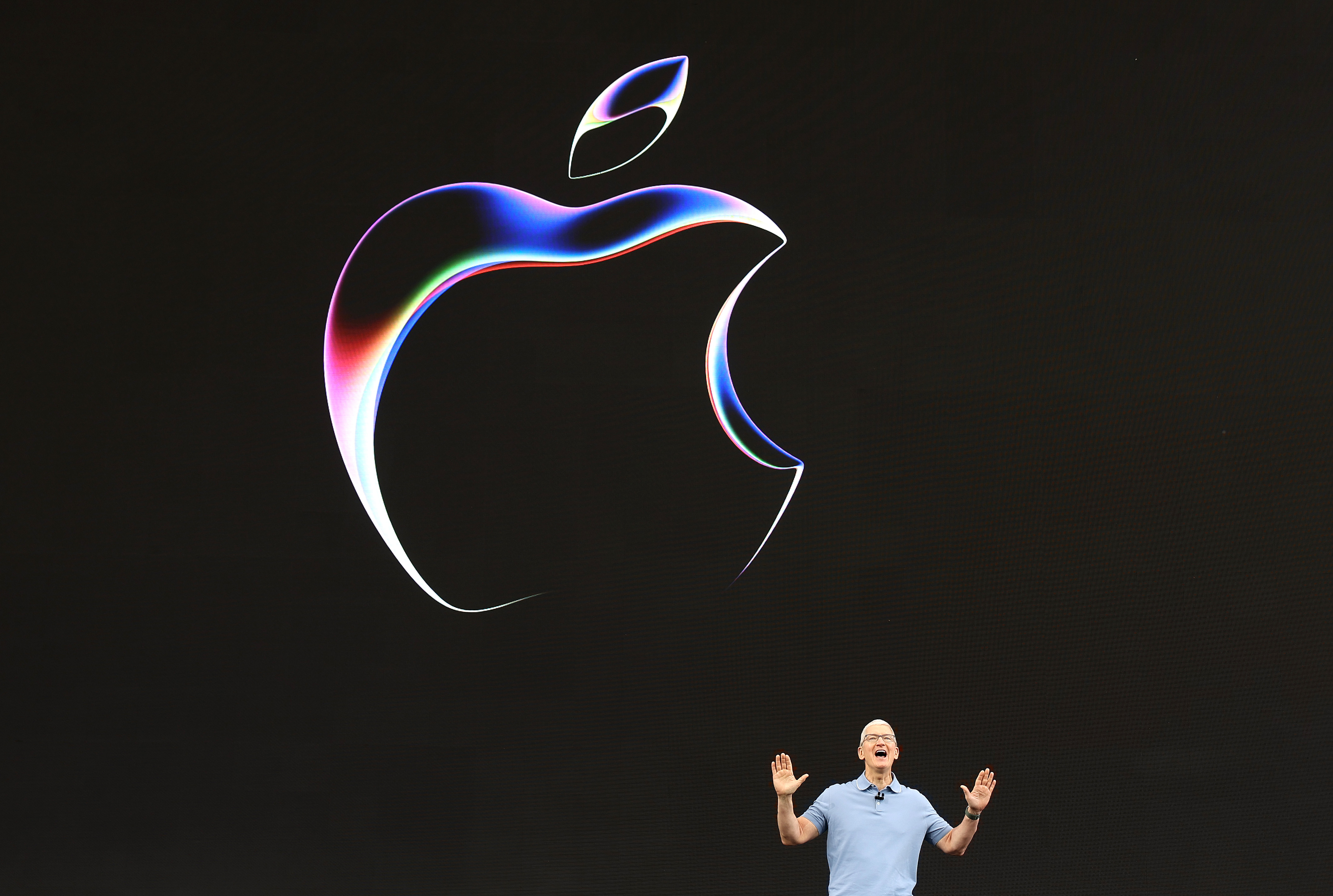Are we in the middle of a generative AI bubble?
The massive expansion of generative AI has been nothing short of meteoric, but can the investment be maintained?


ChatGPT, and similar tools, are shifting the technology landscape, with businesses keen to quickly incorporate these services into their own. The question remains whether the current expansion can be maintained over the long term, or will we see the generative AI bubble burst in much the same way as the Metaverse.
Some have likened generative AI to an arms race, with the investments needed to push the technology to its next evolutionary stage being staggering and only possible thanks to a few select players with deep enough pockets. These players – the likes of Meta, Google, and Microsoft – also happen to be the current mass data collectors.
Others see it more like the California Gold Rush of the mid-19th century. The investment frenzy so far is riddled with inherent risks, hyperbole, and the often dismissing of common sense investment strategies. Many generative AI investments are being driven by FOMO (Fear Of Missing Out).
Signs of a generative AI bubble
Tobi Knaup, CEO of D2iQ, thinks the AI sector is showing signs of a bubble: "Venture capital funding in this particular niche of the AI sector is not just growing but rocketing. We're seeing a level of investment that appears disconnected from business fundamentals and purely based on hype.
"Moreover, we are starting to see an all too familiar, worrying trend of unrelated businesses undergoing what can only be described as "AI makeovers" to ride the wave of investor interest. It's an old story we've recently seen with Blockchain or Web3 – businesses dress up in the flavour-of-the-month tech to draw in those oh-so-tempting investment dollars.”
For examples of this in action, look no further than the Long Island Ice Tea company, or even photography tech giant Kodak.
Another telltale sign of a bubble is the presence of an unusually high number of overvalued startups. Aaron McClendon, head of AI at Aimpoint Digital, advises: “Some companies in the AI sector – and it would be imprudent to isolate specific examples – have seen significant increases in their stock prices in 2023, with some businesses up well over 100% for the year.”
Sign up today and you will receive a free copy of our Future Focus 2025 report - the leading guidance on AI, cybersecurity and other IT challenges as per 700+ senior executives
More on generative AI
However, he adds that “this rapid increase in stock prices could be indicative of the speculative behavior that sometimes characterizes investment bubbles, but it's important to note that it isn't a simple 'this equals that' equation. It could be a sign, of course, but investment – even unusually high investment – isn't a sure-fire bubble marker. After all, it also reflects the potential investors see in the technology.”
The trinity of tech leaders – Microsoft, Google and Meta, with Amazon also a pretender to the generative AI crown, have all made massive investments – none more so than Microsoft's support of OpenAI. Investors can also see essential supply chain stakeholders, most notably Nvidia, which is almost single handedly powering the AI revolution with its chipsets critical for generative AI's long-term profitability.
However, if recent decisions by Meta have taught us anything, it’s that early big tech investment and industry-wide hype are not always the best ingredients for success. The Metaverse will likely become a cautionary tale of a technology that was not ready for mass uptake and failed to attract the level of external investment needed to create the sort of new digital business landscape Meta had hoped for.
It’s too early to say whether generative AI will share the same fate, as the level of investment continues to climb. Recently, Bank America described the current AI frenzy as a “baby bubble", a somewhat diplomatic stance that sits somewhere between endorsement and dismissal. However, we simply do not know how high the ceiling for generative AI investment might be.
Investing right and getting value from generative AI
For those that genuinely believe in the potential of generative AI, the looming possibility of a bursting bubble is seen as an enormous distraction; hype is useful for getting as many eyes on the technology as possible, but creating feasible generative AI business use cases is far harder.
More on AI business strategy
“It's important to note that while there's potential for a bubble in the generative AI sector, this doesn't and shouldn’t detract from the significant impact that AI technologies can have,” says Aimpoint Digital’s Aaron McClendon. “The challenge is to balance the enthusiasm for these technologies with a realistic assessment of their business potential - and there are whole industries set up to do just that, from banks to legal specialists to technology due diligence firms.”
Speaking to ITPro, James Hendler, Chair of the Association for Computing Machinery’s Technology Policy Council (TPC), believes the hype surrounding generative AI can overshadow the benefits it is clearly bringing.
“There’s a lot of debate as to where we are. Most people think that we're in some sort of 'hype bubble' concerning the public awareness and worry, but there are good opportunities ahead for the technology to make money, some of which are still in beta – but, for example, many developers are now using ChatGPT to check their code.”

How any given business is leveraging AI also gives an insight into how much of their technology is hype and how much is based on solid strategy. Alex Pavlov, Partner at early-stage tech VC, RTP Global, argues that only businesses offering meaningful change are going to produce viable AI products.
“Take Krisp, a company specializing in noise-cancellation software for platforms such as Zoom, Google Meets, and Teams. Krisp uses ChatGPT to power a virtual meeting assistant that generates meeting notes automatically,” explains Pavlov. “What sets Krisp apart is its unique use of on-device transcription, which offers heightened information security and an enhanced customer experience. In this case, the innovation stems from their existing product rather than primarily relying on the language model.”
RELATED RESOURCE

Learn about the AI and cyber security landscape, the benefits and risks as well as best practices in AI applications
Pavlov concluded: “I believe the greatest opportunities are for those businesses that integrate Generative AI into their current products, to enhance operational processes, customer service, and overall customer experience, rather than being the end in and of itself.”
D2iQ’s Tobi Knaup says businesses should learn a cautionary tale: “History is a great teacher if we choose to learn. The infamous dot-com bubble of the late 1990s is a prime example. Investors, caught up in the frenzy, threw money at anything with a .com suffix, irrespective of whether the company in question had a robust business model or any genuine potential for profitability.
“The striking resemblance of today's AI sector to this past economic maelstrom should serve as a sobering reminder of where unchecked speculation can lead us. Investors seem to be investing in anything with a .ai suffix now. When we look back on past investment bubbles, like dot-com or Web3, the lessons are clear - hype is no substitute for substance. This bears repeating, especially now.”
David Howell is a freelance writer, journalist, broadcaster and content creator helping enterprises communicate.
Focussing on business and technology, he has a particular interest in how enterprises are using technology to connect with their customers using AI, VR and mobile innovation.
His work over the past 30 years has appeared in the national press and a diverse range of business and technology publications. You can follow David on LinkedIn.
-
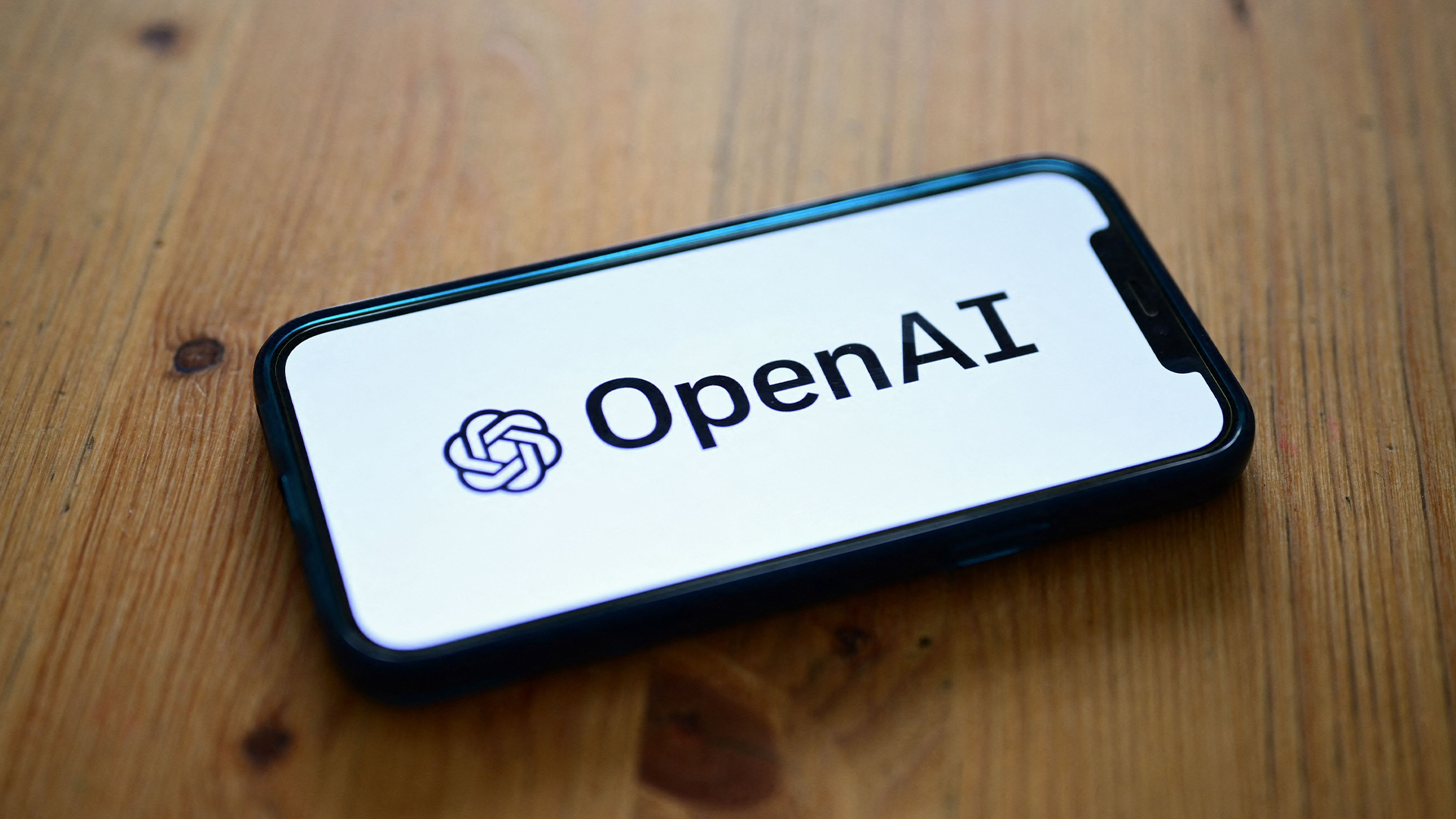 OpenAI says prompt injection attacks are a serious threat for AI browsers – and it’s a problem that’s ‘unlikely to ever be fully solved'
OpenAI says prompt injection attacks are a serious threat for AI browsers – and it’s a problem that’s ‘unlikely to ever be fully solved'News OpenAI details efforts to protect ChatGPT Atlas against prompt injection attacks
-
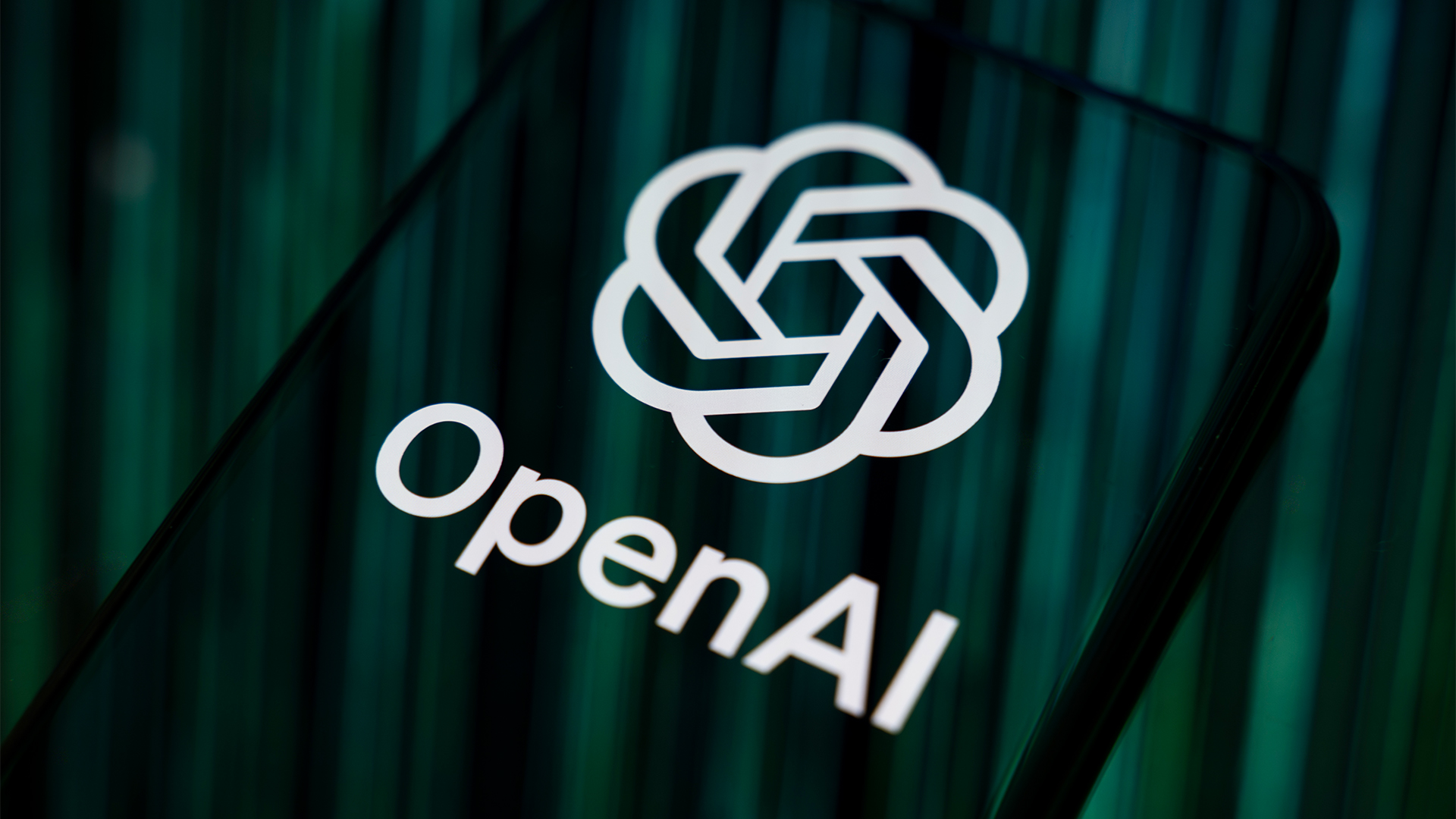 OpenAI says GPT-5.2-Codex is its ‘most advanced agentic coding model yet’ – here’s what developers and cyber teams can expect
OpenAI says GPT-5.2-Codex is its ‘most advanced agentic coding model yet’ – here’s what developers and cyber teams can expectNews GPT-5.2 Codex is available immediately for paid ChatGPT users and API access will be rolled out in “coming weeks”
-
 OpenAI turns to red teamers to prevent malicious ChatGPT use as company warns future models could pose 'high' security risk
OpenAI turns to red teamers to prevent malicious ChatGPT use as company warns future models could pose 'high' security riskNews The ChatGPT maker wants to keep defenders ahead of attackers when it comes to AI security tools
-
 Some of the most popular open weight AI models show ‘profound susceptibility’ to jailbreak techniques
Some of the most popular open weight AI models show ‘profound susceptibility’ to jailbreak techniquesNews Open weight AI models from Meta, OpenAI, Google, and Mistral all showed serious flaws
-
 'It's slop': OpenAI co-founder Andrej Karpathy pours cold water on agentic AI hype – so your jobs are safe, at least for now
'It's slop': OpenAI co-founder Andrej Karpathy pours cold water on agentic AI hype – so your jobs are safe, at least for nowNews Despite the hype surrounding agentic AI, OpenAI co-founder Andrej Karpathy isn't convinced and says there's still a long way to go until the tech delivers real benefits.
-
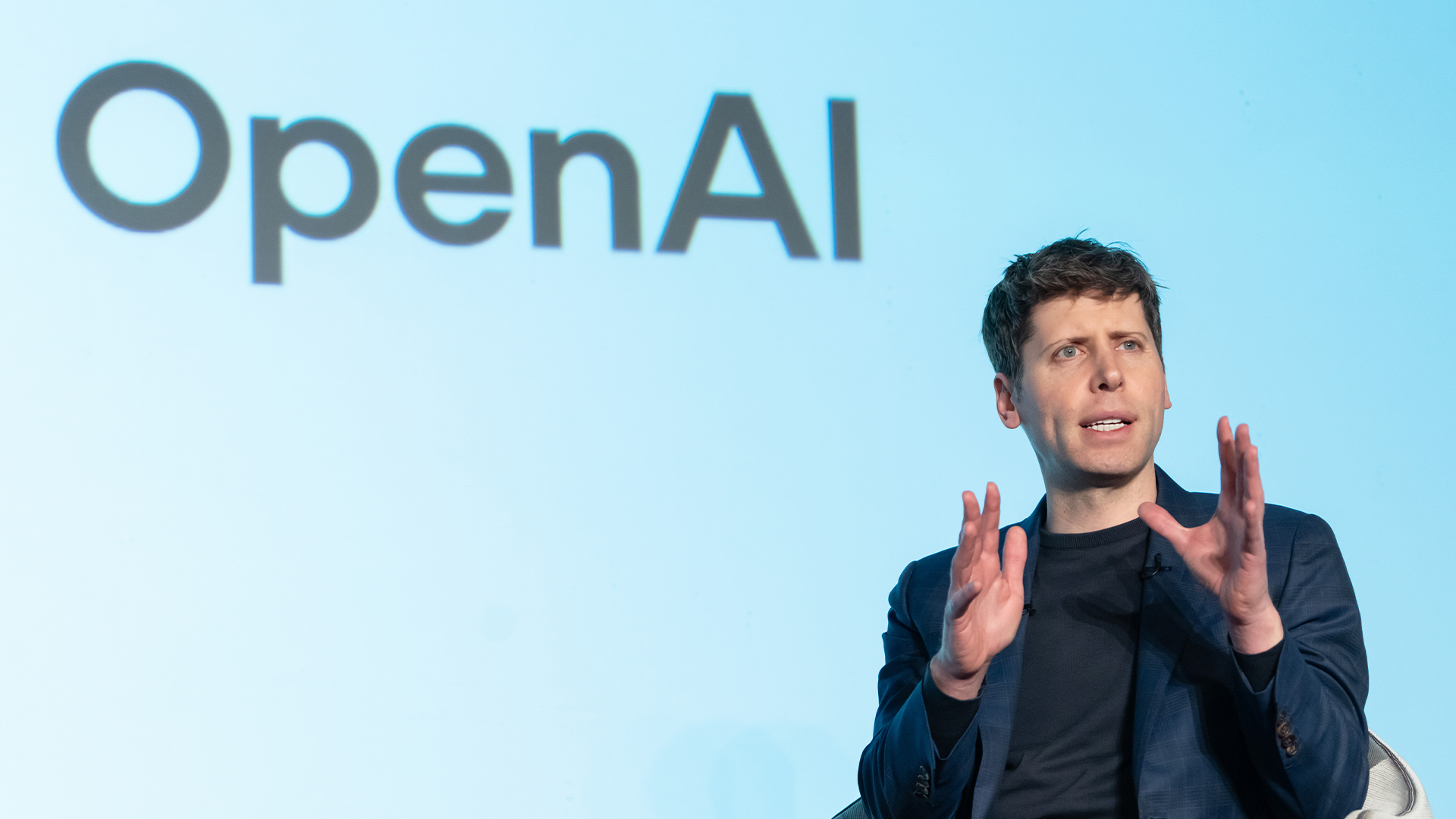 OpenAI signs another chip deal, this time with AMD
OpenAI signs another chip deal, this time with AMDnews AMD deal is worth billions, and follows a similar partnership with Nvidia last month
-
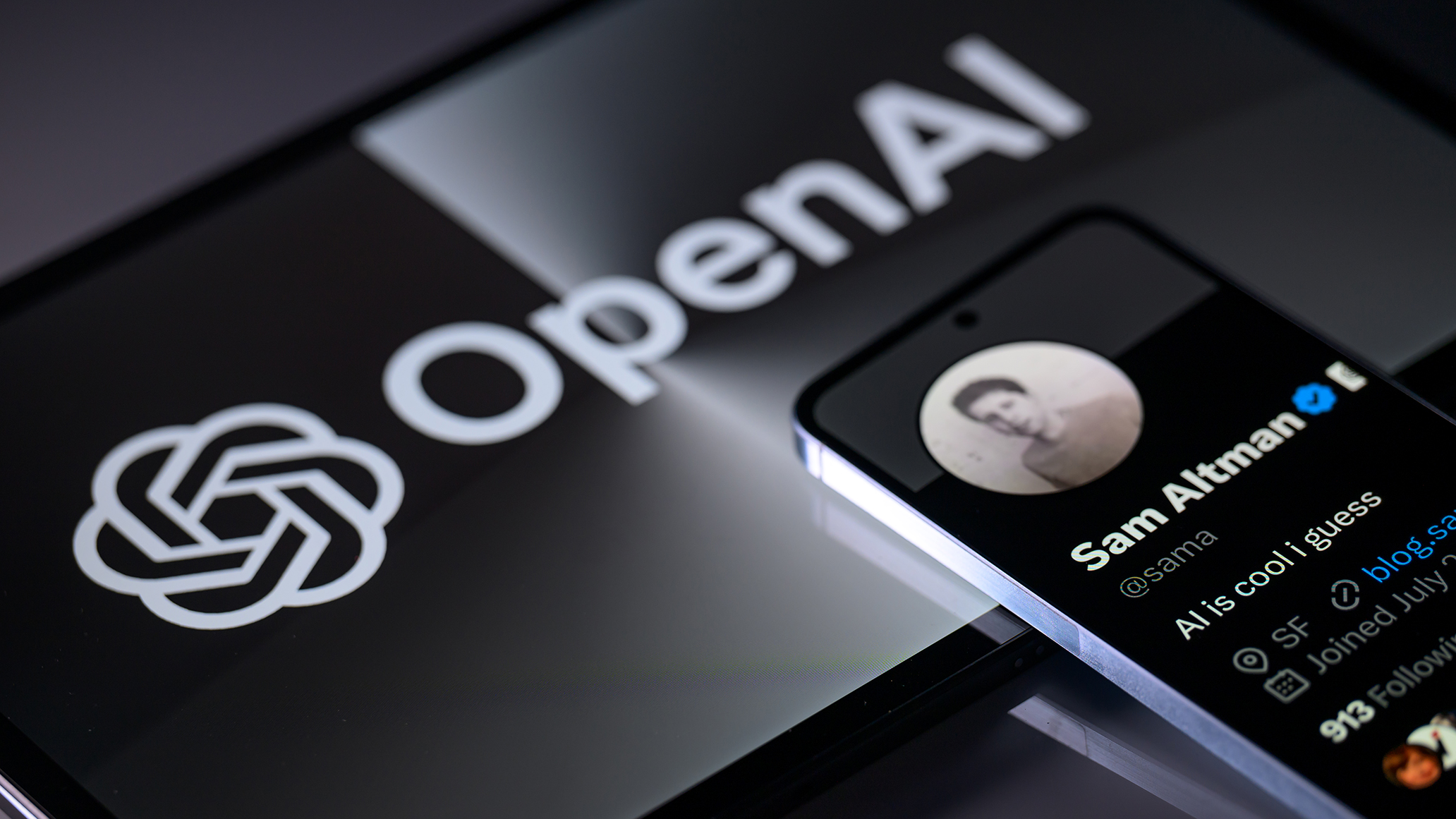 OpenAI signs series of AI data center deals with Samsung
OpenAI signs series of AI data center deals with SamsungNews As part of its Stargate initiative, the firm plans to ramp up its chip purchases and build new data centers in Korea
-
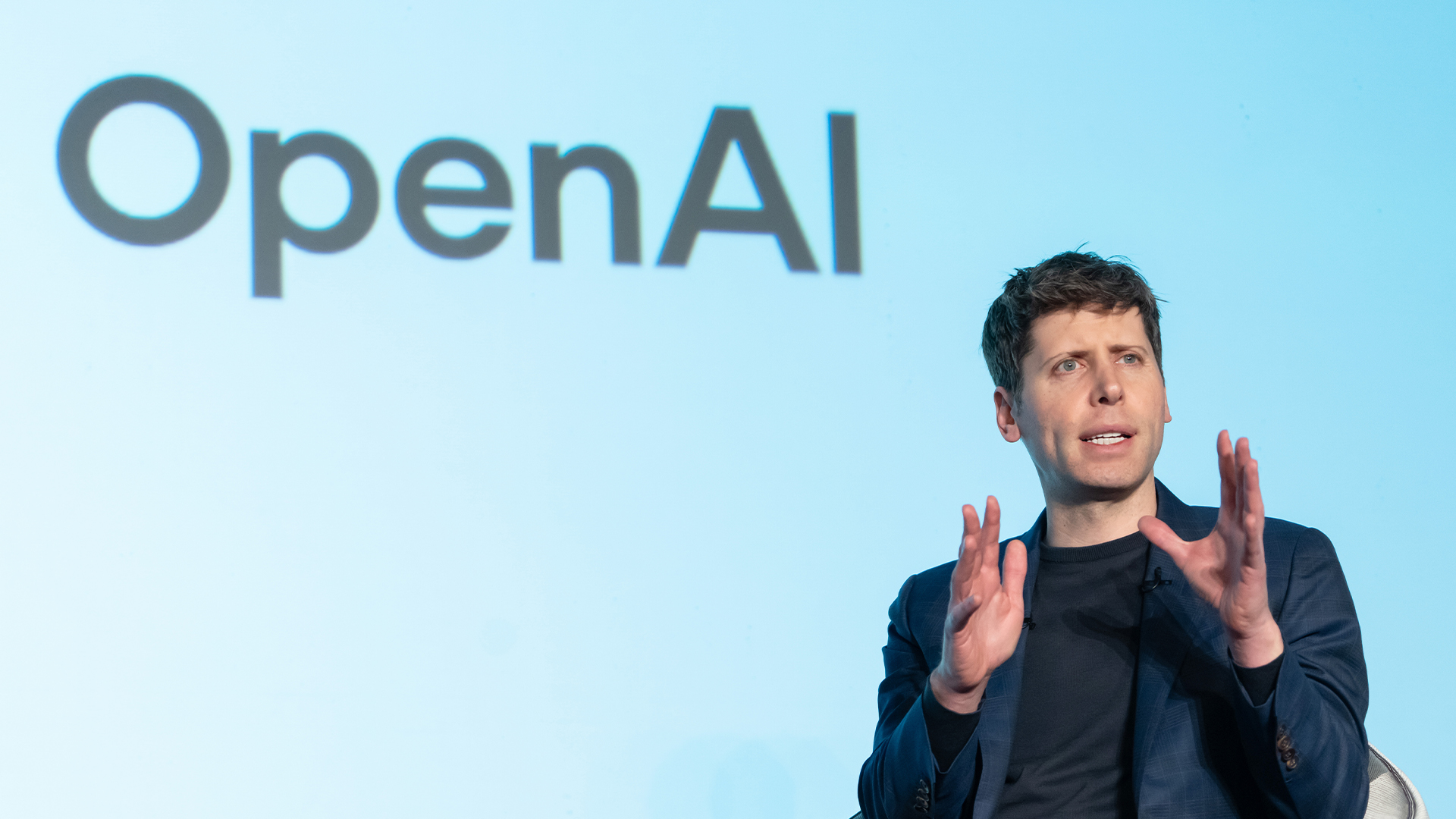 Why Nvidia’s $100 billion deal with OpenAI is a win-win for both companies
Why Nvidia’s $100 billion deal with OpenAI is a win-win for both companiesNews OpenAI will use Nvidia chips to build massive systems to train AI

